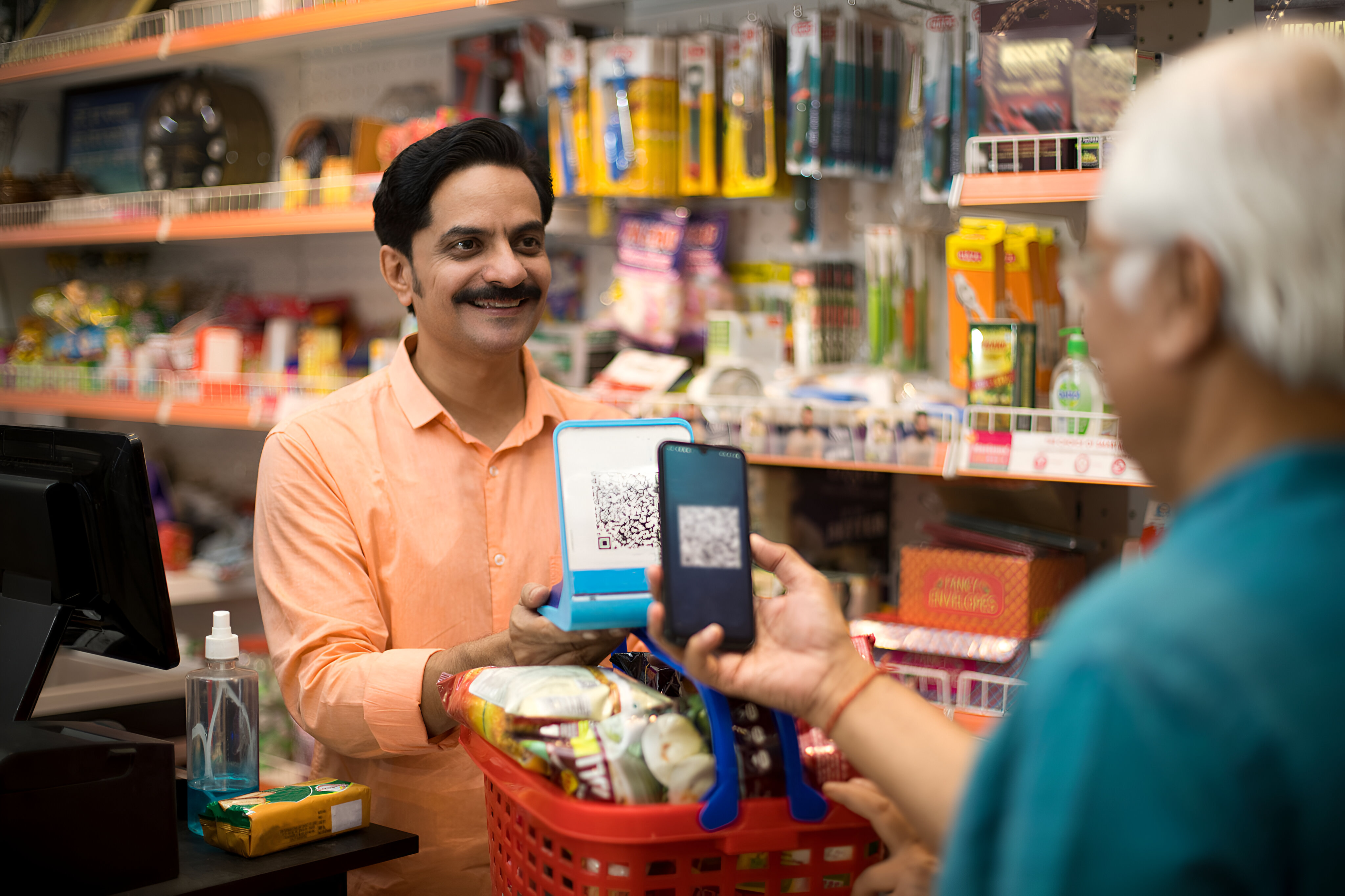What Challenges Are Associated with Anti-Counterfeit Solutions?

Strong 8k brings an ultra-HD IPTV experience to your living room and your pocket.
In today’s world, counterfeit products are a major concern for businesses and consumers alike. From fake luxury goods to counterfeit medicines, the rise of these imitation products harms brands and can even pose serious health risks. Anti Counterfeit solution have become essential in the fight against this problem. However, while these solutions are important, they come with their own set of challenges. In this article, we’ll explore some of the key issues businesses face when implementing anti-counterfeit solutions.
1. High Costs
One of the biggest challenges associated with anti-counterfeit solutions is the high cost of implementation. Advanced technology like holograms, RFID tags, or blockchain-based tracking systems can be expensive to develop and maintain. Smaller companies may find it difficult to afford these solutions, which leaves them vulnerable to counterfeiters. Even larger companies must balance the cost of implementing these solutions with the potential loss caused by counterfeit products.
2. Complexity of Technology
Another issue with many anti-counterfeit solutions is the complexity of the technology involved. While modern solutions are becoming more advanced, this also means that they can be harder to integrate into existing systems. For example, using blockchain for supply chain tracking requires specialized knowledge, which can lead to implementation delays. Furthermore, employees may require extensive training to use these systems correctly, adding another layer of difficulty.
3. Consumer Awareness
Even the most sophisticated anti-counterfeit solution won’t work if consumers don’t know how to use it. Many products now come with QR codes or other security features that customers can scan to verify authenticity. However, if consumers are not aware of these features or don’t bother using them, the effectiveness of the solution is greatly reduced. Educating consumers about how to detect counterfeit products is a challenge that companies must address.
4. Global Enforcement
The global nature of counterfeiting presents another major challenge. While a company might implement anti-counterfeit solutions in one country, counterfeiters often operate across borders, making it difficult to enforce these solutions globally. Different countries have varying levels of regulation and enforcement, which means counterfeit goods can still enter markets through less regulated regions. Cooperation between governments and international organizations is crucial, but it’s often hard to achieve.
5. Adapting to New Counterfeiting Methods
As technology advances, so do the techniques used by counterfeiters. Criminals are continually finding ways to bypass or replicate anti-counterfeit solutions, making it a constant game of cat and mouse. A solution that works today may become obsolete tomorrow. This means businesses need to regularly update their anti-counterfeit measures, which can be both time-consuming and costly.
6. Impact on Genuine Customers
Some anti-counterfeit solutions can accidentally make it harder for legitimate customers to access genuine products. For instance, overly complex authentication processes or frequent checks can frustrate consumers, leading to a negative shopping experience. Finding a balance between preventing counterfeiting and maintaining customer satisfaction is a difficult challenge for businesses.
7. Supply Chain Visibility
Another challenge that comes with anti-counterfeit solutions is the lack of supply chain visibility. To effectively prevent counterfeiting, companies need to track their products from the moment they are manufactured until they reach the customer. This requires full cooperation from every player in the supply chain, including manufacturers, distributors, and retailers. However, getting everyone on board can be difficult, especially when some suppliers or partners may not prioritize anti-counterfeit measures. A weak link anywhere in the supply chain can compromise the entire anti-counterfeit solution.
Moreover, with supply chains often spread across multiple countries, it becomes harder to monitor every step. Without real-time tracking, counterfeit goods can still find their way into the market through loopholes, posing risks to the brand and its consumers.
8. Legal and Regulatory Hurdles
Navigating the legal and regulatory hurdles surrounding anti-counterfeit efforts is another significant challenge. Laws related to intellectual property and counterfeit goods vary greatly from one country to another. In some regions, enforcement is weak, and companies may find it difficult to pursue legal action against counterfeiters. Even if a company can prove that counterfeit goods are being sold, the process of taking legal action can be slow and costly, especially in countries with less robust legal frameworks.
On top of that, many businesses struggle to keep up with constantly changing regulations. This creates a situation where companies must not only stay ahead of counterfeiters but also ensure compliance with local and international laws. Without a clear legal framework to support anti-counterfeit solutions, businesses may find their efforts less effective.
9. Data Privacy Concerns
As companies turn to anti-counterfeit solutions involving digital technology, such as RFID tags, blockchain, and online verification systems, data privacy concerns become an issue. Consumers may be hesitant to use certain verification methods if they feel their personal information is at risk. For instance, using a mobile app to verify a product could raise concerns about how their data is being used and whether it’s being shared with third parties.
Companies need to ensure that any anti-counterfeit solution they implement adheres to strict data protection laws, such as GDPR in Europe. Failing to do so can not only undermine consumer trust but also lead to legal penalties. Striking a balance between strong anti-counterfeit measures and protecting user privacy is key to ensuring widespread acceptance.
Conclusion
While anti-counterfeit solutions are critical in today’s marketplace, they come with their own unique set of challenges. High costs, technological complexity, lack of consumer awareness, and the ever-evolving methods of counterfeiters are all hurdles that companies must overcome. However, by staying informed, continuously improving solutions, and educating consumers, businesses can better protect themselves and their customers from counterfeit products.
Note: IndiBlogHub features both user-submitted and editorial content. We do not verify third-party contributions. Read our Disclaimer and Privacy Policyfor details.







